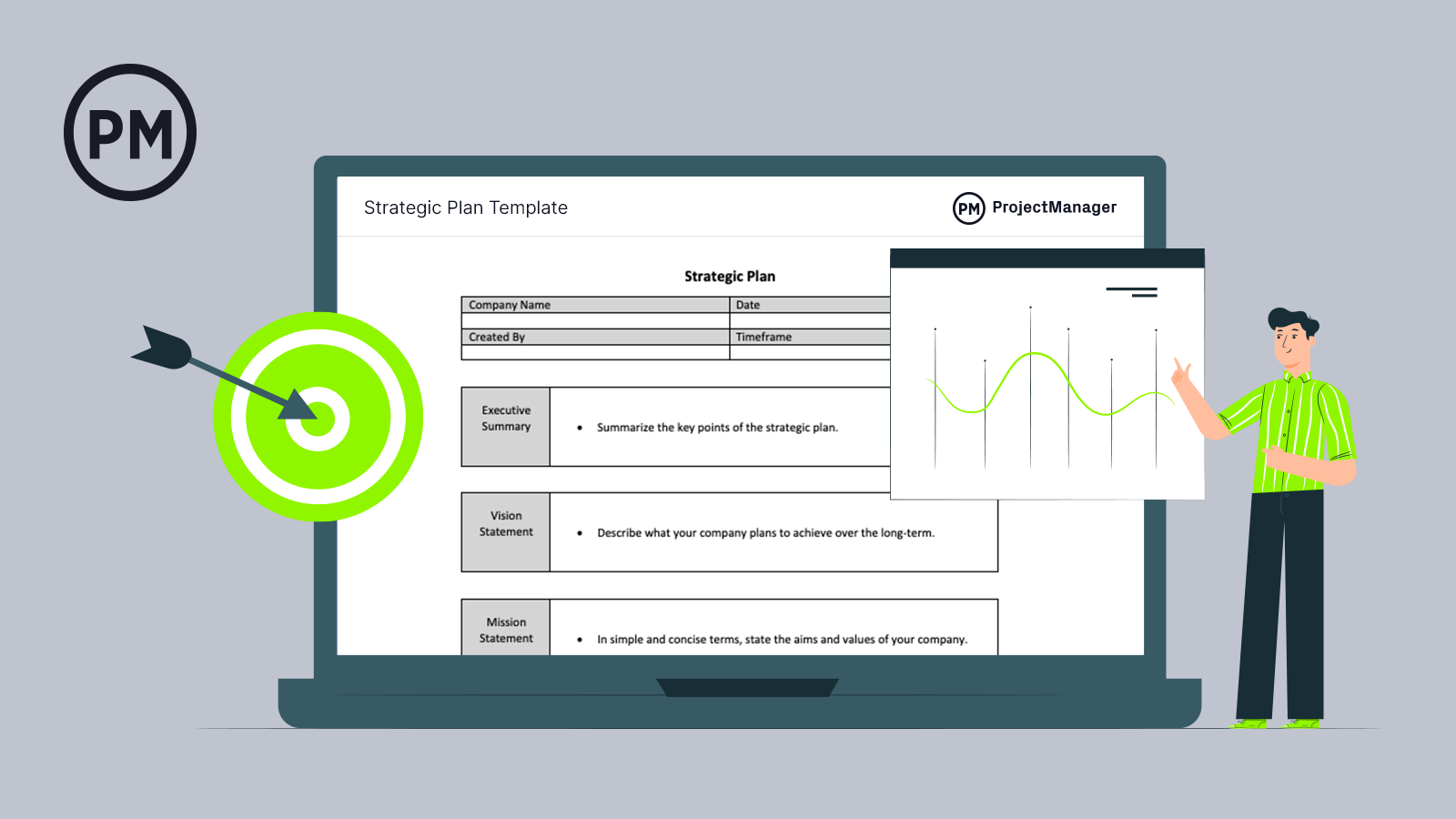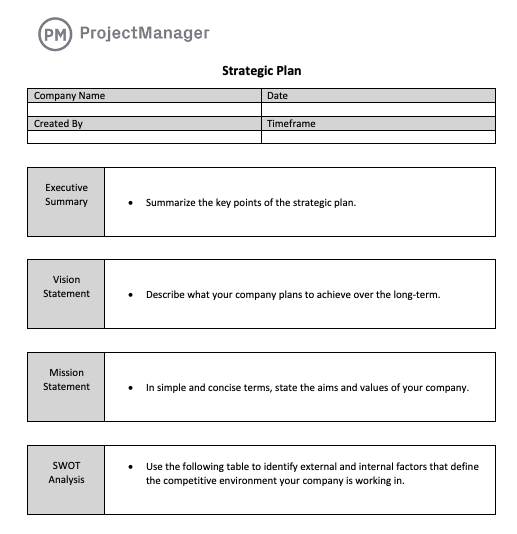One of the measures of a successful project is not often talked about. Most know of the project management triangle of scope, time and cost. There’s also quality. But few mention the importance of having project alignment.
What Is Project Alignment?
Project alignment is when the project being planned and executed fits with the larger strategic goals of the organization running the project. The project should always provide business results that align with the organization. This creates value for the organization and makes it more competitive in the marketplace. When projects are properly aligned with an organization’s strategic goals, the organization realizes its full potential and achieves those goals faster.
Project management software can help ensure that your project is aligned with the organization. ProjectManager is award-winning project management software that has real-time dashboards to track project key performance indicators (KPIs). Unlike competitor’s software, our dashboards don’t require time-consuming set up. Just toggle over and it’s ready to show you project metrics, such as time, cost and more in easy-to-read graphs and charts. Get started with ProjectManager today for free.

How to Align Your Projects to Your Business Strategy
Here are some simple steps you can follow when planning your projects to make sure they’re aligned with your business strategy. By analyzing these areas of your business, you’ll be able to determine whether a project is a good fit for your organization.
1. Consider Your Company’s Mission and Vision
Project alignment requires an intimate understanding of the organization’s mission and vision. Be sure that your team is clear on these things as it will help guide the project.
2. Review Your Company’s Current Strategic Plan
An organization’s strategic plan is used to document and define the goals that should be achieved over a period of three to five years. The project should be part of accomplishing those goals or at least aligned with them.

Get your free
Strategic Plan Template
Use this free Strategic Plan Template for Word to manage your projects better.
3. Determine if Your Organization Has the Resources Your Project Needs
Nothing will get accomplished without the proper resources. Therefore, it’s imperative to make sure that you have all the resources you need to execute the project, which of course should be aligned with the organization’s strategic plan.
4. Do a Cost-Benefit Analysis to Gauge the Potential Benefits of Your Project
Project alignment is one of many factors that should be considered when deciding on whether a project should go forward or not. One thing to do is a cost-benefit analysis to determine if the investment is worth the return of the project.
5. Consider Your Organization’s Risk Culture
An organization’s risk culture is its awareness, attitude and behavior towards risk, including risk management policies and practices. The project being considered shouldn’t put the organization at risk beyond what it’s comfortable in risking.
Strategic Plan Template
If you’d like to confirm whether a project is a good fit for your organization, you should review its strategic plan to make sure the project will contribute in some manner to the larger strategic objectives of the organization. This free strategic plan template can help you gather the most important elements of the strategic plan of an organization such as its vision, business goals and financial projections.

Benefits of Project Alignment
Project alignment is beneficial for a project as it makes sure the project is part of a larger initiative to help the company achieve its strategic goals. But that’s just one reason. Here are some more.
Achieve Large Organizational Goals One Project at a Time
Projects that are aligned with an organization’s strategy are more likely to deliver business benefits. The more projects that are aligned with strategy, the more benefits for the organization.
Prioritize Projects Effectively
An organization might have many projects on the back burner. Thinking of how they align strategically with the overall goals of the organization will help you with project prioritization.
Build a Cohesive Project Portfolio
By linking your portfolio of projects with the strategy of your organization you’re creating a powerful block of projects that are all working together towards achieving the common goal of the larger organization’s strategic objectives.
The Importance of Project Alignment
It’s important that your projects align with the business strategy of the organization you’re working to support, and Jennifer Bridges, PMP, shows you why.
Thanks for watching!
Jennifer started the tutorial by noting why it’s important to align your project to the core strategic goals of the operation you are working to support. There are two key reasons to remember: first, seeking to align your project with the organizational goals allows you to understand the larger operational context. This can help you on a project level, to spot potential roadblocks, as well as to be able to articulate your value within the organization.
Second, understanding the goals allows you to execute them so you can support the strategic goals of the organization you’re working to support. That’s good for them, and it’s good for you!
Traditional Enterprises vs. Project-Based Enterprises
Next Jennifer examined two different types of organizational structures: the first is a traditional enterprise and the other is a “project-driven” enterprise. Now, by “enterprise” we don’t mean corporate enterprise. It simply means, are you structured in a traditional fashion or do you have a project-focused operation, no matter your type of organization?
It’s important to understand the different types of organizational structures, and which type of structure you’re operating within. Let’s look at the difference between the two:
Traditional Enterprise
Strategic goals > Corporate initiatives > Organizational functions > Tactical operations
Projects are not always aligned in a traditional enterprise. In order to create alignment, you need to:
- Review all current and future projects;
- Develop a systematic approach to prioritizing all projects; and
- Align projects to the strategic goals for the business strategy.
“Project-Driven” Enterprise
Strategic goals > Programs > Projects > Initiatives
Projects are aligned. But in order to maintain alignment you need to:
- Review all strategic goals for the business strategy;
- Develop a systematic approach to initiate and prioritize projects to align with business strategy; and
- Evaluate and repeat on a regular basis

